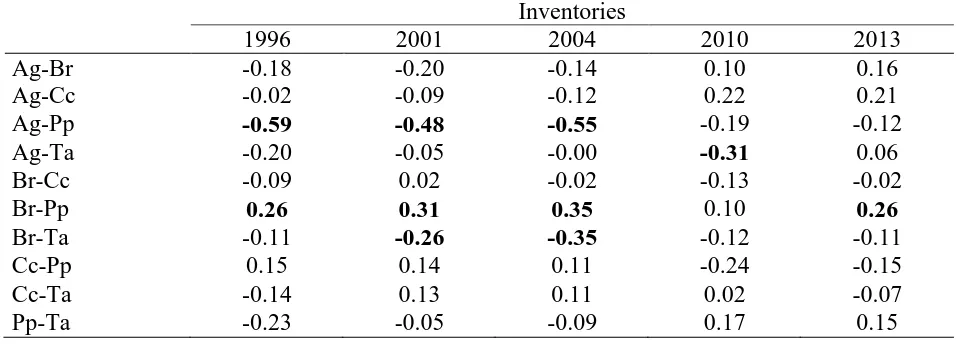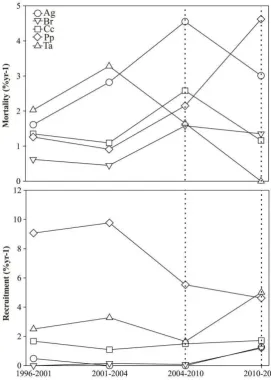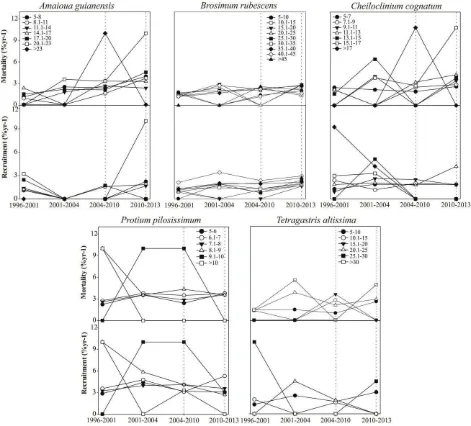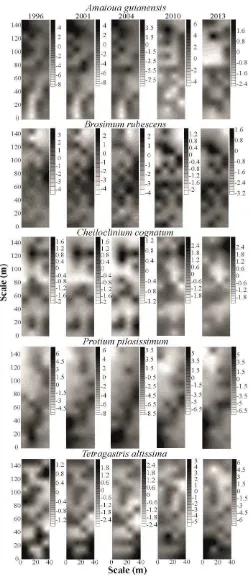Idiosyncratic soil-tree species associations and their relationships with drought in a monodominant Amazon forest
35
0
0
Full text
Figure




+4
Related documents
Specifically, we tested three hypotheses: (1) Plot-level measures of tree evolutionary diversity are not strongly correlated with species richness across broad scales in the
In this study we tested for the effects of two tree species, sycamore (Acer pseudoplatanus) and Scots pine (Pinus sylvestris), subject to contrasting land use systems, namely


